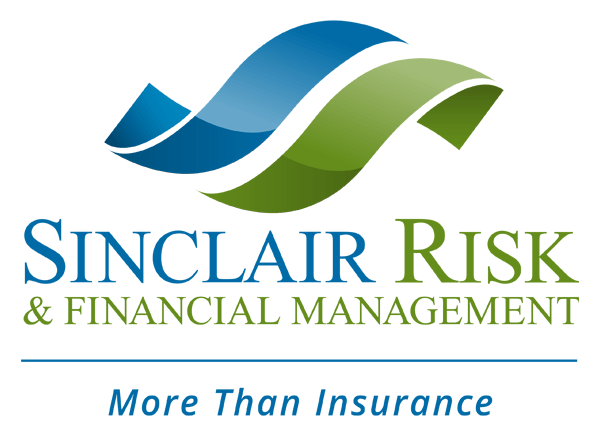Spring signifies the end of winter and a season of new beginnings. It ushers in budding trees, blooming flowers and warmer temperatures. It can also bring with it quickly changing conditions and hazards that employers and workers need to be aware of and prepare for to ensure safety.
While, overall, workplaces are safer today, many people are still seriously injured on the job, especially in industries like manufacturing, construction, transportation, warehousing and oil and gas extraction. While accidents happen, many are preventable. In fact, the Occupational Safety and Health Administration (OSHA) found that more than 10,000 severe injuries were caused by workplace conditions in 2015.
What top three hazards do employers need to be aware of during spring?
- Severe Weather and Flooding- Floods and tornadoes are the most common hazards in the United States during spring. From melting snow to sudden spring showers, flooding can happen quickly and with little warning. Not only should workers and employers be aware of weather forecasts, but workers should be trained on severe weather plans and have emergency supplies with them to be prepared if severe weather strikes. OSHA and the National Oceanic and Atmospheric Administration (NOAA) have partnered to provide a comprehensive resource aimed at helping businesses and workers prepare for severe weather, like flooding.
- Outdoor Work – From construction workers on scaffolding to flagmen helping to direct traffic at highway work zones, outdoor working conditions in the warm spring weather can naturally cause hazards for workers. In fact, more than 100 workers are killed and more than 20,000 are injured in the highway and street construction industry each year, with over half of the fatalities resulting from vehicles and equipment operating around the work zone. It’s imperative that employers put controls in place and train employees to protect workers from injury in outdoor settings. The National Institute for Occupational Safety and Health provides guides for many industries.
- Driving and Pedestrian Safety – As the warm weather approaches, more people get out to enjoy the warm weather – from people walking dogs to motorcyclists enjoying a ride to children riding bicycles. Naturally, this means that there are more incidents of accidents involving driving and pedestrians. It’s important that drivers properly maintain their vehicles, exercise caution, travel at a reasonable speed, pay attention and avoid distractions like texting.
Employers are required by law to provide their workers with a workplace free from serious recognized hazards and to comply with standards, rules and regulations issued under the OSH Act. In addition to ensuring safety protocols, plans and training take place to prevent workplace accidents and injuries, each industry has its own nuances and risks. At Sinclair Risk & Financial Management, we take the time to understand your company and individual situation and work with you to help you minimize your company’s risks.
Jonathan Belek
Risk Management Consultant
jbelek@srfm.com


